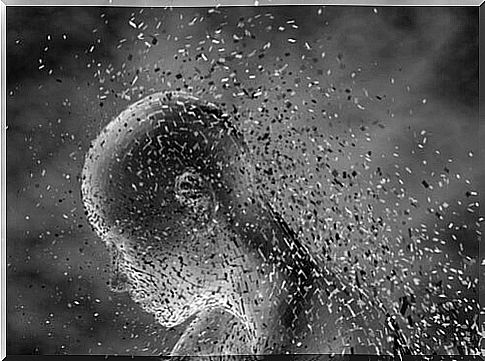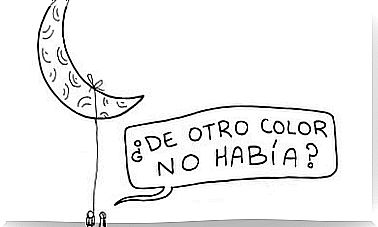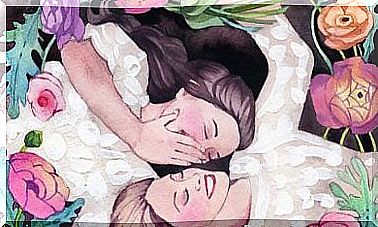Panophobia: Concept, Symptoms And Treatment

An old Scottish proverb states that “there is no medicine for fear.” This would be a very serious problem for people suffering from panophobia. In some way, we have all had the same sensation that incapacitates them: a strange fear of something that is unknown to us, that is hidden from us, that makes us unable to explain it.
That fear of the unknown has a name, and it is panophobia. If this is your case, do not be alarmed, we are talking about a phobia that responds well to the intervention. In this article we want to talk about what it is, what symptoms it causes and how we can get rid of it or make it subside in intensity. As for the rest of phobias, the avoidance behavior in this case is not valid either, although it is the one that we all tend to do naturally.
Concept of panophobia
Panophobia is a phobia that consists of a vague fear of an inexplicable threat that comes from an unknown source. It is an irrational fear that is triggered without any logic. As in all phobias, the person understands how little adaptive this fear is. Also, this condition is known as fear of everything, and receives other names such as omniphobia, panphobia, or pantophobia. However, the origin of the name is found in the ancient Greek god Pan, who instilled fear in people.
This phobia is characterized by excessive preoccupation with an event or a series of them. It is considered a limiting phobia, since it influences and conditions the behavior of the person who feels the fear.

Causes of panophobia
There are several causes that can cause this disorder. In general, the patient does not remember when was the moment when he first felt it, although more frequently he remembers when this fear began to become a major source of discomfort.
As a general rule, it is stated that the origin comes from more specific previous phobias, such as arachnophobia or aerophobia. All of them can make the person more vulnerable to the phobia at hand. Among the most common causes, we find the experience of traumatic events, genetic inheritance and also their own experience – their own or someone else’s – such as that of children who observed the fearful attitude of their parents or reference figures and, through the example, were inoculated with that fear.
Symptoms of panophobia
How do you know if you have this problem? There are a number of identifiable symptoms, such as the irrational fear objects, situations, people, animals, etc. The point is that the feeling of fear is constant and difficult to explain.
The problem can reach worrying levels when the affected person avoids situations, people and contacts because of this irrational fear. This is the time to put yourself in professional hands. And it is that the person can remain in a state of hypervigilance, suffering constant adrenaline discharges to maintain the level of activation that sustains this continuous vigilance.
In addition, they also tend to live with other mental problems, such as depression, sadness or anxiety. Likewise, it is observed in people with low self-esteem, high feelings of guilt and low locus of control.
Sometimes there is fear of loss of control or a constant desire to flee from the stressful situation that you think is causing the fear. We can also find a correlate on the physical plane: tremors, excessive sweating, dizziness, palpitations, tremors, rapid breathing, vomiting, body and abdominal pain and body tension.

Treatment of panophobia
Fortunately, it is a phobia that has specific treatments. Of course, any will be applied after the evaluation of a trained psychologist for it. He, as a specialist, will be in charge of adapting the intervention to the characteristics of the patient / client. Some of the tools that are usually used in the intervention on this phobia are:
- Systematic desensitization : it is aimed at reducing anxious responses in exposure to feared situations and objects to eliminate flight responses. (Plus)
- Cognitive behavioral therapy : it is based on studying the irrational and distorted beliefs that lead the person to develop the disorder so that they stop perceiving them as a danger. (Plus)
- Self-instructions : derived from the previous therapy, it consists of changing the behavior of the affected person by verbalizing the situation that causes discomfort.
- Mindfulness : a complementary technique that invites the patient to live in the present moment, focusing on the here and now, accepting the unpleasant as part of their experience and renouncing direct control. (Plus)
- Drugs : finally, drugs are also necessary in severe cases, using disables if the patient suffers from a very high phobia.
Fortunately, we can see that there are many tools available to professionals to plan a good intervention. Of course, for this to have a good result, an essential ingredient is missing. We are talking about the attitude of the patient, who will have to be willing to work and trust the specialist who handles his case.









